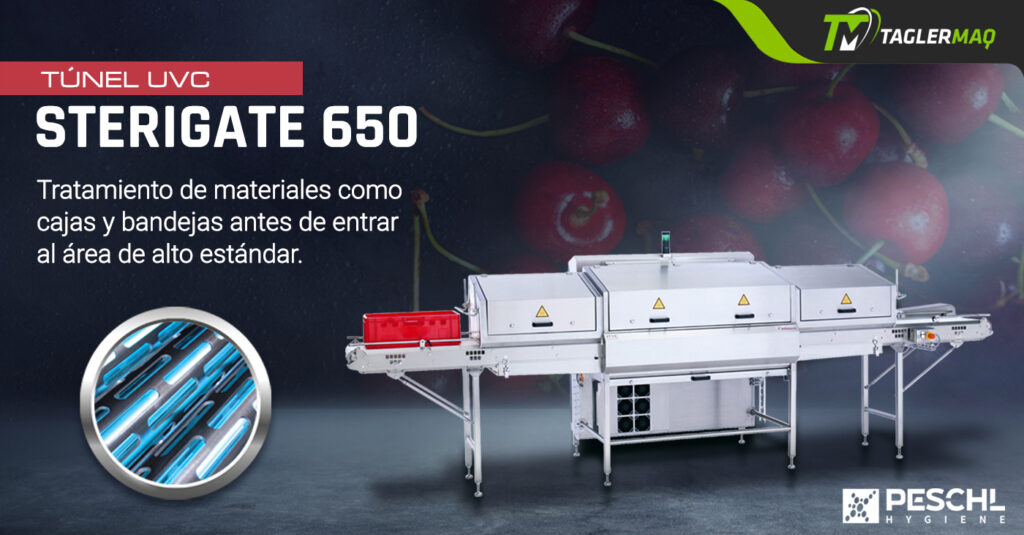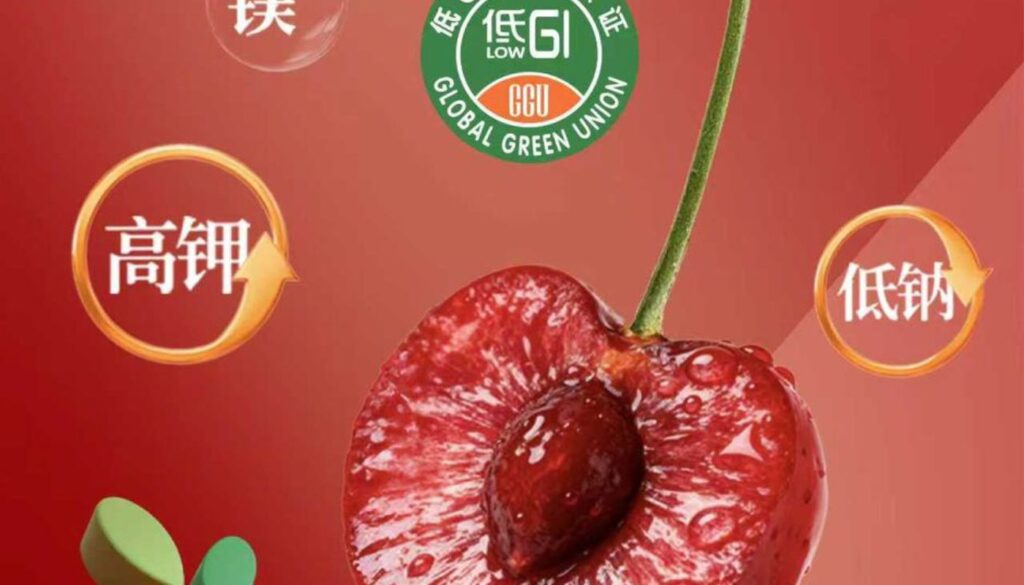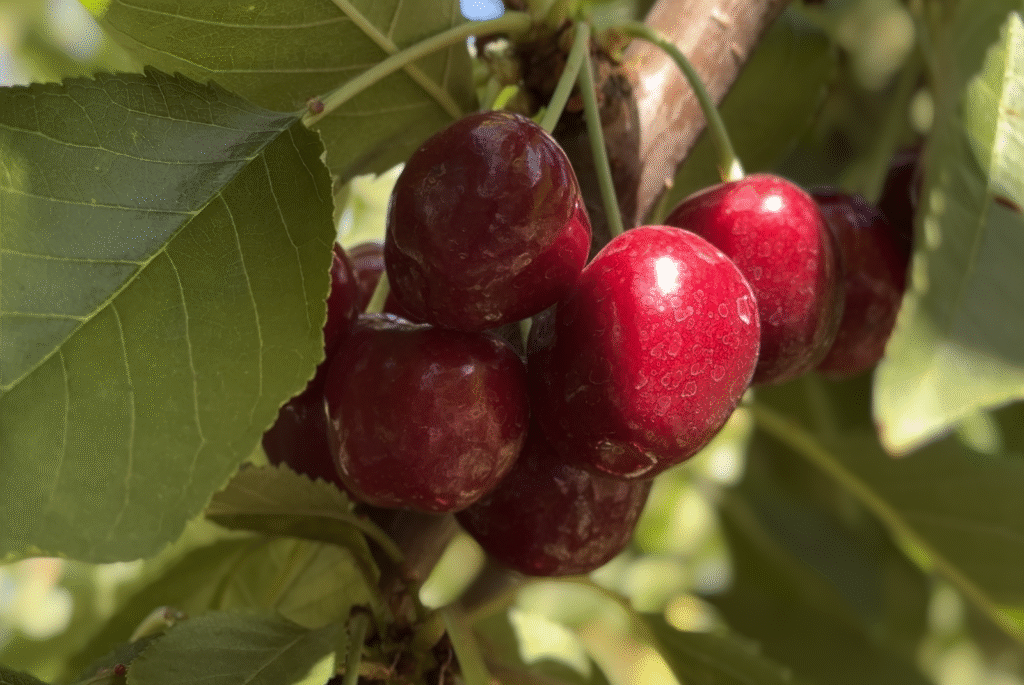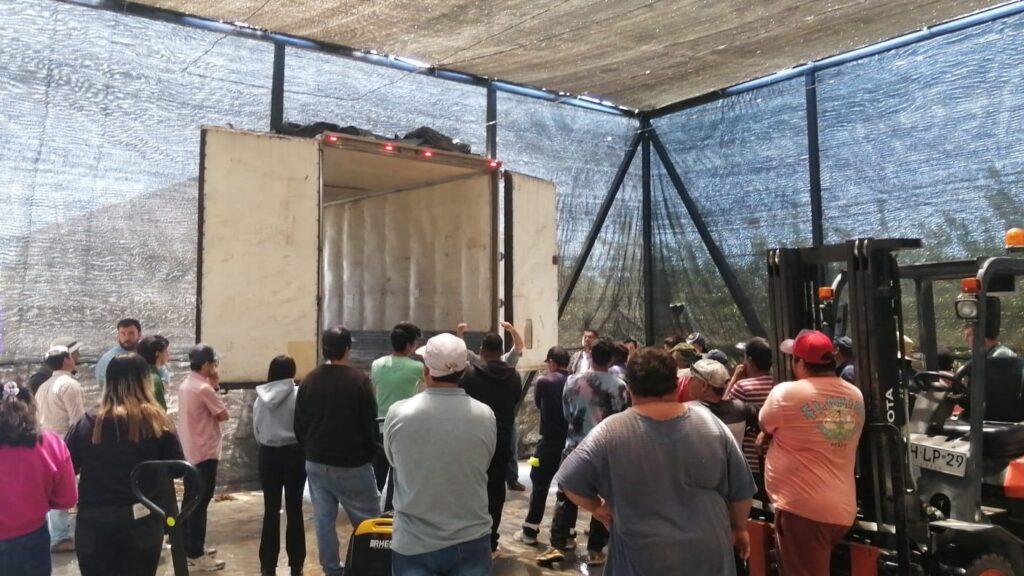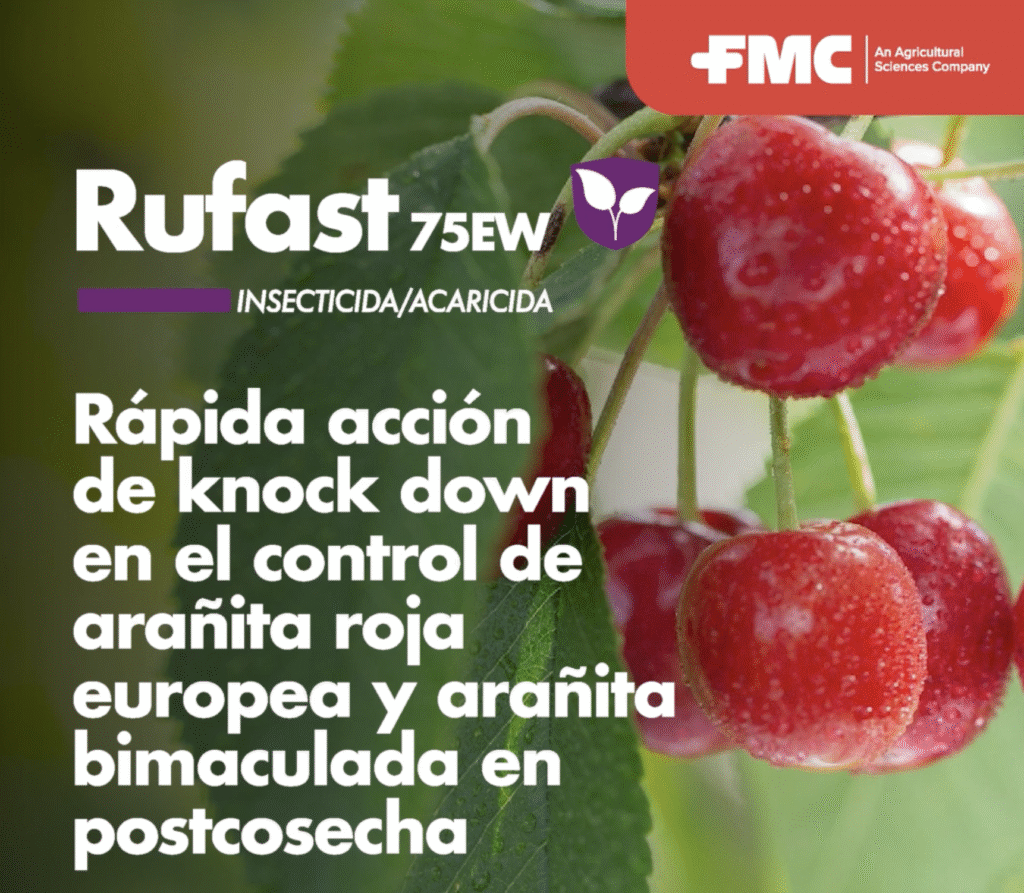By: Southern Fruit Growing Center.
It is known that the most relevant phytosanitary problem in cherry plantations is the bacterial cancer whose predominant causal agent is the epiphytic bacteria Pseudomonas syringae. This disease can cause the death of younger plants and a significant reduction in production in adult plants.
In the wood of the trunk, branches and twigs, the distinctive symptom known as canker and the amber-colored gummy exudation are; the infection can affect parenchyma and vascular bundles, showing brown discoloration and a characteristic acidic odor.

Predisposing factors
The disease is more prevalent (incidence and intensity) in localities where cold and humid springs predominate, associated with strong winds, frequent drizzle and prolonged dew, common conditions in southern Chile.
Also Micro wounds caused by environmental factors or inappropriate driving practices promote infectionParticularly incidental are pruning cuts especially in winter, and mechanical damage to the plant bark in young plants.
When establishing a plantation, it is important to carefully evaluate the site-specific conditions that favor the pathogenesis of this disease.
Options for Integrated Management of Cherry Bacterial Cancer
To maintain the orchard with a minimum level of bacterial cancer, it is necessary to be aware of the seriousness of the disease, systematically apply a Integrated preventive management plan, and rigorous supervision.
Below is a brief systematization of actions to be considered in cherry plantations, to reduce the prevalence of this disease:
–Make sure the plants are healthy and come from a quality nursery with SAG registration.
-Personally select the plants in the nursery, with knowledge of the symptoms of the disease. Verify that the nursery's phytosanitary management is rigorous and professional.
–Move the plants to the garden carefully and hygienically. Leave the plants in a clean place before planting. Plant as soon as possible.
–Select planting land with the lowest risk of frost and least exposure to wind.
Maintain, in the first years, the planting area free of weeds around the trunk, since the bacteria can survive epiphytically and infect young plants.
–Paint the base of the trunk with latex and bactericide based on particulate copper or Bordeaux mixture plus an adhesive.
–Prune in spring summer, on days of lower humidity and free water. Cover pruning cuts immediately after application with bactericidal pruning paste.
–Remove all branches and twigs with obvious or apparent symptoms of bacterial canker. Sanitation pruning.
-Avoid, as much as possible, incisions and cuts in the trees, especially in the first three years of planted; denoting that inadequate orthophytia causes micro wounds through which the bacteria penetrates.
-Another aspect that favors the development of the disease is the excessive vigor of the trees, being recommended Avoid excess and late application of Nitrogen.

It is recommended Periodic applications of copper bactericides (Bordeaux mixture, cuprous oxide, copper oxychloride, copper pentahydrate, copper hydroxide, copper gluconate) in leaf fall and budding. It is advisable Add an adjuvant to the bactericidal mixture that improves the adhesion and penetration of the active ingredient.
2. Biological control
It is convenient to include in the control scheme P. syringae, he use of commercial products based on assets such as Bacillus spp and Trichoderma spp. It is also recommended to apply bactericidal products or foliar nutrients that stimulate plant defense mechanisms.
It is very important disinfect the surface of plants with hydrogen peroxide or sodium hypochlorite, prior to actions such as pruning and other handling that involves wounds to the plant tissue.
3. Sanitation pruning
Highly recommended driving practice which can be done throughout the year, but mainly in spring summer period in which environmental factors of infection are of lower risk, and wound healing is faster.
To see what bacterial cherry cancer is and some of its symptoms, you can watch the following video:
You can also do it directly on our Youtube Channel: Southern Fruit Growing Center.
Acknowledgements
This note was made by Jaime Guerrero Contreras, who is an Agricultural Engineer and Plant Pathologist, academic at the Universidad de la Frontera and researcher of the Project Aspects of Sustainability and Efficient Use in Cherry Trees.
For more information about the PTEC66647 Program South Fruit Growing Center Contact Claudia Jorquera [email protected] or Alejandra Vinegar [email protected]



